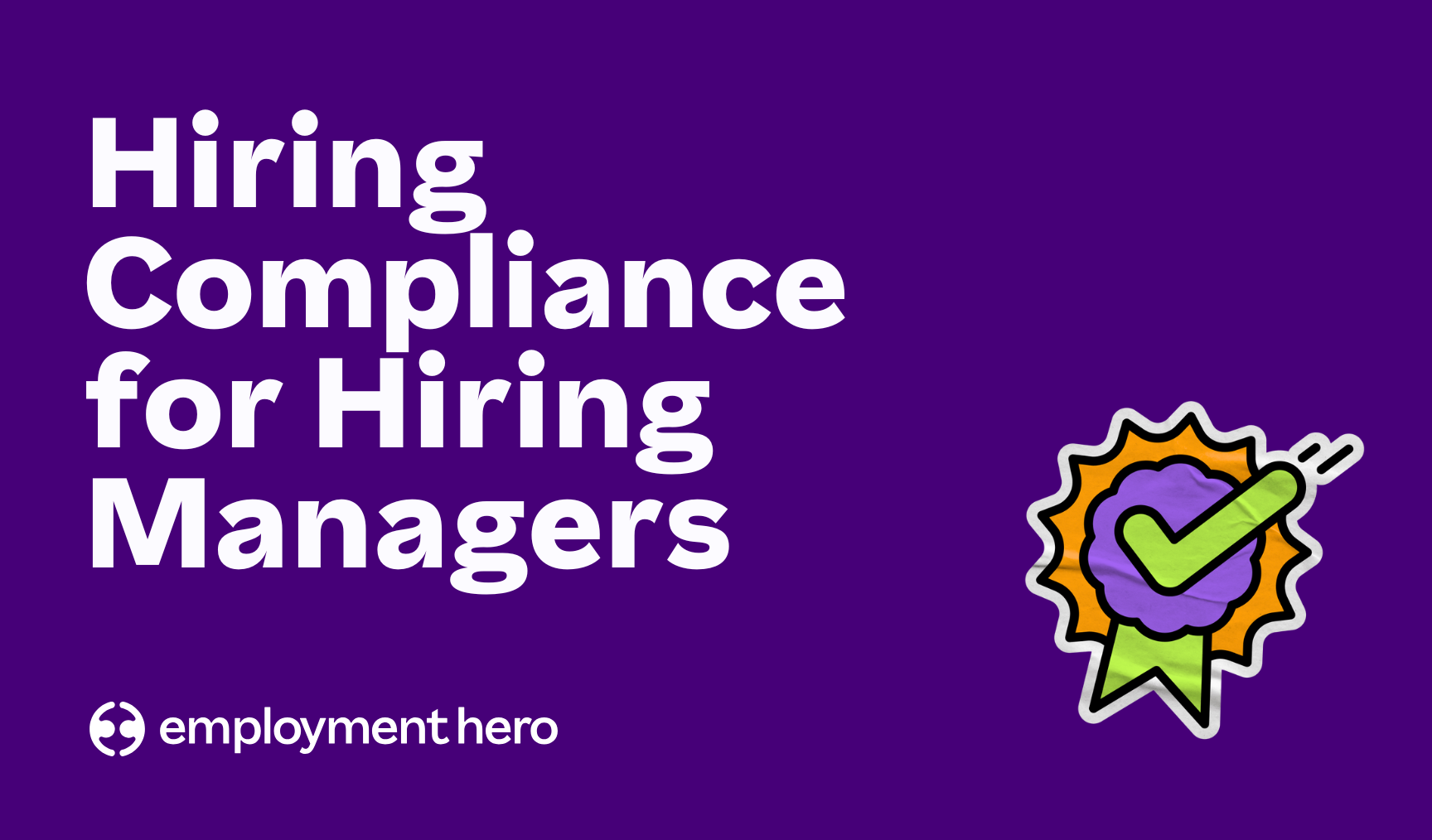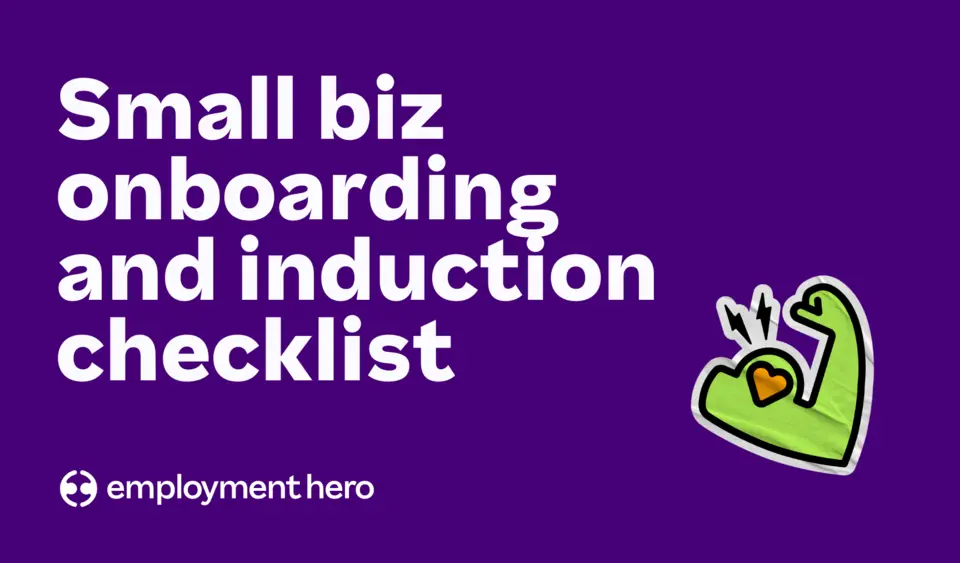NZ Business Continuity Plan Template
Published
NZ Business Continuity Plan Template
1 min read
When it comes to running a business, things aren’t always smooth sailing. As strong as your product or service is, unexpected issues can crop up and make a huge impact on your business. Just look at the last few years – could any of us have predicted the challenges that the business community has gone through with the Covid-19 pandemic?
While we don’t have a crystal ball, there’s always space to prepare. Strong businesses have a plan in place for potential risks, so that they’re not starting from square one in the event of a crisis. That’s where our business continuity plan template comes in – we’ve created an easy document that you can fill out and keep on hand in case of an emergency.
The business continuity plan template includes space to document:
- The biggest risks to your business operations
- The key business areas for business continuity
- Response team contacts
- Training and equipment requirements
- A to-do list for current risk mitigation actions
How do you use this business continuity plan template?
The template is designed to be used by business owners and those responsible for company operations, to create a full business continuity plan. To use the template, download a copy to your computer and fill in the forms under the different prompts.
The key thing to remember is that this template is designed to be a ‘living’ document. It’s not a one-time task that gets filed away and forgotten. You should be regularly reviewing and updating the sections to match your business as it evolves and changes.
What is business continuity planning?
Business continuity planning is all about preparing for the unexpected disruptions that could affect your operations. There are plenty of disruptions that can affect business continuity, including:
- Environmental disruptions, such as earthquakes and floods
- Financial risks, like the loss of a client or key supplier
- Reputational damage
Those are just a few examples – the full list is diverse and different for every business.
With business continuity planning, you’re challenged to conduct business impact analysis and work out potential risk mitigation, response actions and then recovery procedures. It’s all about finding practical ways to ensure that you can respond rapidly in a crisis and get your business back on track as quickly as possible.
Concerned about the possibility of an environmental disruption, and its effects on your business and team? Download our guide to supporting your team through a natural disaster.
Who is responsible for a business continuity plan?
Generally the person responsible for a business continuity plan is someone who has extensive oversight over a business and understands every part of its operations. That is likely the business owner or leader, or a high level manager.
For large companies, they often have a dedicated Chief Risk Officer who will be in charge of business continuity planning.
Why is it important to plan for the unexpected?
It may seem like a tricky task – predicting events that are largely unpredictable. But there are always things that a business can do to be prepared, whether that’s additional health and safety training, regular equipment checks or careful client check-ins. Taking that time to reflect could prevent some particularly significant risks to your business.
As for responding in a crisis, having a plan will significantly decrease your response time. You’ll already have an idea of what should be happening and who should be in charge. It’ll give you more time to ensure your team are sufficiently supported and that your clients have the reassurance that they need.
Finally, when the time comes around to focus on the recovery, not just the response, you’ll be better placed to understand the strategies you’ll need to get back to normal operations. It’s not just peace of mind, it’s smart business.
How do you write a business continuity plan?
Writing a business continuity plan doesn’t have to take hours and hours – just some dedicated time every few months. Get started by downloading our business continuity plan template and taking the following steps.
Step 1 – Consider the possible risks to your business
This will always vary a little depending on your business and industry. For example, a business that is reliant on good weather, such an outdoor painting or gardening company, will see long term adverse weather as one of the biggest risks to their operations. For small businesses who are still growing and reliant on a few large clients for the majority of their revenue, losing one of those clients could significantly impact their future.
It’s important in this section to think carefully and broadly. Look at every part of your operations and facilities and consider what could affect them. It can help to crowdsource this part as well by getting ideas from other team members. Chances are they’ll think of something you hadn’t considered yet.
Step 2 – Understand what is required to keep the business running
All parts of a business are important, but some work processes will have a more significant impact if they’re impaired in a crisis. Look at all areas of the business and consider the sections that are absolutely required to keep the lights on.
For example, if a challenge crops up for an online retailer, it might be that time spent on social media marketing or in-person events will have to take a pause so that the team can focus on shipping or processing orders.
Remember, in the event of a crisis, things aren’t going to be ideal. The strongest businesses in challenging times are the ones who can pivot and redirect their efforts quickly.
Step 3 – Look at what practical steps and recovery procedures can be taken
With all those risks in mind, consider what you will do in the event of them actually affecting your business. Will you have a chosen response team lead who can take charge? What if you have to change premises at short notice? What communications will need to go out to employees and clients? It’s time to look at the practical steps you will have to take in the moment, and as the business recovers.
While a lot of the actions will likely be applicable in the event of a crisis, there are often steps that can be taken now. Preparation and risk management is a strong way to reduce the chance of a crisis in the first place, so make sure you’re doing all you can now to support the business later on. Future you will be glad that you did.
Get started with our business continuity plan template
Be as ready for the future as you can be, and download our template to get the ball rolling on your business continuity plan.
Business disruption can make a significant impact on the growth and survival of your business. Unforeseen events are always going to pose a risk, but if you can get ahead with an idea of how your business would respond, you’ll be in a better position to get through it.
Good luck!
Disclaimer: The information in this article is current as at 20 December 2022, and has been prepared by Employment Hero Pty Ltd (ABN 11 160 047 709) and its related bodies corporate (Employment Hero). The views expressed in this article are general information only, are provided in good faith to assist employers and their employees, and should not be relied on as professional advice. The Information is based on data supplied by third parties. While such data is believed to be accurate, it has not been independently verified and no warranties are given that it is complete, accurate, up to date or fit for the purpose for which it is required. Employment Hero does not accept responsibility for any inaccuracy in such data and is not liable for any loss or damages arising either directly or indirectly as a result of reliance on, use of or inability to use any information provided in this article.You should undertake your own research and to seek professional advice before making any decisions or relying on the information in this article.
Find out how Employment Hero can support your business and reach out to our team today.
Related Resources
-
 Read more: Recruitment compliance do’s and don’ts: Hiring compliance for hiring managers
Read more: Recruitment compliance do’s and don’ts: Hiring compliance for hiring managersRecruitment compliance do’s and don’ts: Hiring compliance for hiring managers
Published 1 min read Having responsibility for a business’s approach to hiring can be daunting: how do you ensure all…
-
 Read more: Hiring Issues Holding You Back? The Business Owner’s Guide to Competing for Top Talent
Read more: Hiring Issues Holding You Back? The Business Owner’s Guide to Competing for Top TalentHiring Issues Holding You Back? The Business Owner’s Guide to Competing for Top Talent
Published 1 min read Hiring great people is one of the most powerful ways to grow your business – but…
-
 Read more: Dodge Thousands in Fines, Keep Great Staff: Onboarding Checklist
Read more: Dodge Thousands in Fines, Keep Great Staff: Onboarding ChecklistDodge Thousands in Fines, Keep Great Staff: Onboarding Checklist
If you run a business with under 10 staff, this onboarding checklist will help you get the most out of…












